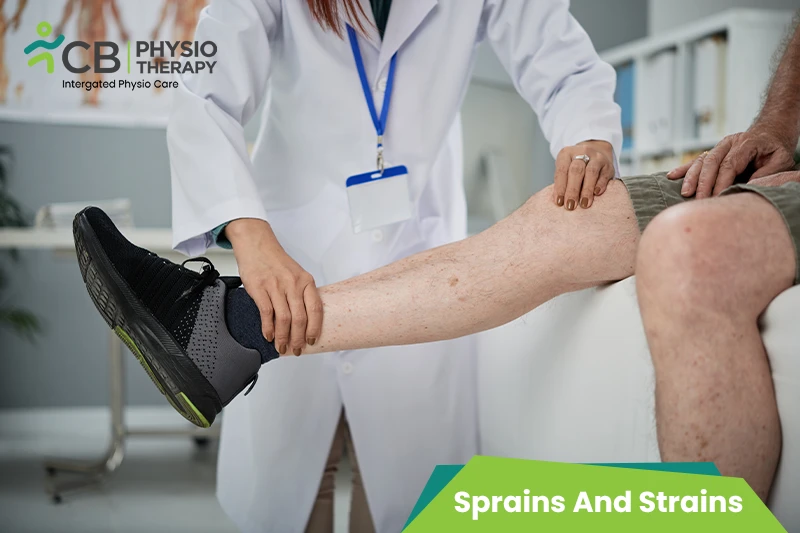Cryotherapy or Cold therapy: Cold therapy, such as ice packs or cold compression, can help reduce swelling and inflammation in the affected area.
Thermotherapy or Heat therapy: Heat therapy, such as warm compresses or heating pads, can help increase blood flow to the affected area, which can promote healing and reduce muscle spasms.
Transcutaneous electrical nerve stimulation (TENS): TENS uses electrical currents to stimulate the nerves and reduce pain. It involves applying electrodes to the skin near the affected area and delivering low-level electrical impulses.
Ultrasound therapy: Ultrasound therapy uses sound waves to deliver heat to the affected tissues, which can help reduce pain and inflammation and promote healing.
Electrical muscle stimulation (EMS): EMS involves applying electrical currents to the affected muscles to stimulate muscle contractions. This can help reduce muscle spasms and improve blood flow to the area.
Interferential current therapy (IFC): IFC involves delivering electrical currents to the affected area in a specific pattern to reduce pain and improve blood flow to the area.
Shockwave therapy: This involves using high-energy sound waves to stimulate healing and reduce pain in the affected area. The sound waves are delivered through a handheld device that is placed on the skin near the injury site. Shockwave therapy is thought to work by stimulating blood flow and increasing the production of collagen, which can help promote healing.
Laser therapy: This involves using a low-level laser to deliver light energy to the affected tissues. The laser energy is thought to stimulate the cells in the affected area, promoting healing and reducing pain and inflammation. Laser therapy is typically painless and can be used on both acute and chronic injuries.
Manual therapy: This involves hands-on techniques, such as massage, joint mobilization, and stretching, to help reduce pain and improve the range of motion in the affected area.
Exercise therapy: Exercise therapy is a common approach used in the treatment of sprains and strains. Specific exercises may be prescribed to help improve flexibility, strength, and range of motion in the affected area, which can help promote healing and reduce the risk of further injury. Here are some examples of exercises and techniques that may be used for sprains and strains:
- Range-of-motion exercises: These exercises involve moving the affected joint through its full range of motion to help maintain flexibility and prevent stiffness. For example, if you have a sprained ankle, your physiotherapist may prescribe ankle circles or alphabet exercises to improve mobility.
- Strengthening exercises: These exercises are designed to improve the strength of the muscles around the affected joint. For example, if you have a strained knee, your physiotherapist may prescribe exercises such as squats, lunges, or leg presses to strengthen the quadriceps and other leg muscles.
- Balance and stability exercises: These exercises are designed to improve balance and stability, which can help reduce the risk of falls and further injury. For example, if you have a sprained ankle, your physiotherapist may prescribe exercises such as single-leg stands or balance board exercises to improve your balance.
- Plyometric exercises: These exercises involve jumping and other high-intensity movements that can help improve power and explosiveness in the affected muscles. For example, if you have a strained hamstring, your physiotherapist may prescribe exercises such as jump squats or box jumps to help improve the strength and power of the hamstring muscles.
- Proprioceptive neuromuscular facilitation (PNF): This technique involves using resistance and stretching to improve strength, flexibility, and range of motion in the affected area. For example, your physiotherapist may use PNF techniques to help improve your range of motion in a sprained shoulder.
Kinesio taping:This involves applying special tape to the affected area to provide support and stability, while still allowing for range of motion. It can also help reduce swelling and improve circulation.
